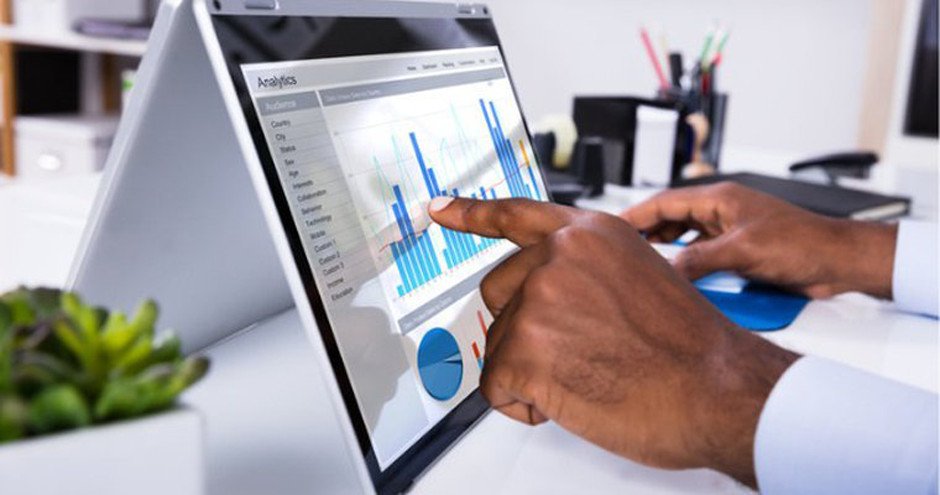Definition of Predictive Analytics
Predictive Analytics is a type of data analytics that uses statistical techniques and algorithms to predict future outcomes. It is an advanced form of analytics that uses past data to identify patterns and trends, which can then be used to forecast future outcomes. Predictive analytics can be used in a variety of industries, including marketing, finance, healthcare, and retail.
In marketing, predictive analytics retail industry can be used to identify customer behavior trends or preferences so businesses can better target their campaigns. This helps businesses increase their customer base by targeting the right people at the right time with the right message. In finance, predictive analytics can help banks assess risk more accurately when making loans or investments by identifying patterns in historical financial data. In healthcare, predictive models are used for early diagnosis of diseases based on patient records so that doctors have a better idea about how to treat them. Finally, in retail stores, predictive models are being used for inventory management as well as personalized offers based on a customer’s buying history and preferences.
Benefits of Predictive Analytics for Retailers
In the competitive retail industry, predictive analytics can be a powerful tool for retailers to gain an edge over their competitors. Predictive analytics is a data-driven method of forecasting future outcomes based on past events and trends. By leveraging predictive analytics, retailers can anticipate customer behaviors and make more informed decisions that will help them optimize their operations and increase sales.
One of the primary benefits of predictive analytics for retailers is improved decision-making capabilities. Retailers can use predictive models to analyze customer data such as purchase history, preferences, demographics, and more to better understand customers’ needs and wants. With this knowledge in hand, retailers can develop more effective marketing campaigns that target customers’ interests or create tailored product offerings that meet specific customer requirements. This leads to increased sales as well as improved customer loyalty due to personalized experiences being offered by the retailer.
Another benefit of using predictive analytics is enhanced inventory management capabilities. Predictive models enable retailers to accurately forecast demand based on past trends or current market conditions so they know when and how many products should be stocked in different locations at any given time.
Challenges for Retailers in Implementing Predictive Analytics
In today’s world, predictive analytics is becoming increasingly important in the retail industry. Predictive analytics can help retailers better understand their customers and anticipate their needs, leading to increased sales and improved customer experience. However, implementing predictive analytics in the retail sector also comes with its own set of challenges.
One of the main challenges for retailers is collecting data from customers to use for predictive analysis. Without accurate customer data, it becomes difficult to make meaningful predictions about consumer behavior. Retailers must find ways to collect data from customers that are both effective and ethical. Additionally, they must be sure that the data they are collecting is up-to-date and accurate to get meaningful results from their predictive analysis.
Another challenge facing retailers is managing the sheer amount of data that can be collected through predictive analytics. With so much information available at their fingertips, it can be difficult for retailers to determine which pieces of information are most valuable or actionable regarding customer insights and trends. As such, retailers must have a clear understanding of how best to structure and organize this large amount of data into useful insights while still maintaining privacy standards when necessary.
Use Cases of Predictive Analytics in the Retail Industry
Predictive analytics is a powerful tool that has revolutionized the retail industry. By analyzing customer data collected from various sources, retailers can gain valuable insights into consumer behavior and make more informed decisions about products, services, and marketing strategies. With predictive analytics, retailers can anticipate customer needs and trends before they happen and proactively adjust their strategies to stay ahead of the competition.
One of the most common use cases of predictive analytics in the retail industry is predicting consumer demand. By leveraging historical sales data with current market trends, retailers can make accurate predictions about what customers are likely to buy in the future. This helps them optimize inventory levels so they have just enough stock to meet customer needs without overstocking or understocking items. Predictive analytics also helps retailers identify opportunities for cross-selling and upselling based on past purchases by customers or similar shoppers.
Another popular use case for predictive analytics in retail is price optimization. By utilizing machine learning algorithms to analyze sales data from competitors as well as internal pricing practices, retailers can set prices that will maximize profits while remaining competitively priced relative to other stores in their area or online marketplaces like Amazon or eBay.
Conclusion
In conclusion, the use of predictive analytics in retail is an invaluable tool for businesses to gain insights into customer behaviors and preferences. With this information, retailers can tailor their marketing campaigns and product offerings to meet the needs of their customers. By leveraging predictive analytics, businesses can increase sales, improve customer satisfaction and loyalty, and ultimately achieve greater success in the retail industry.






